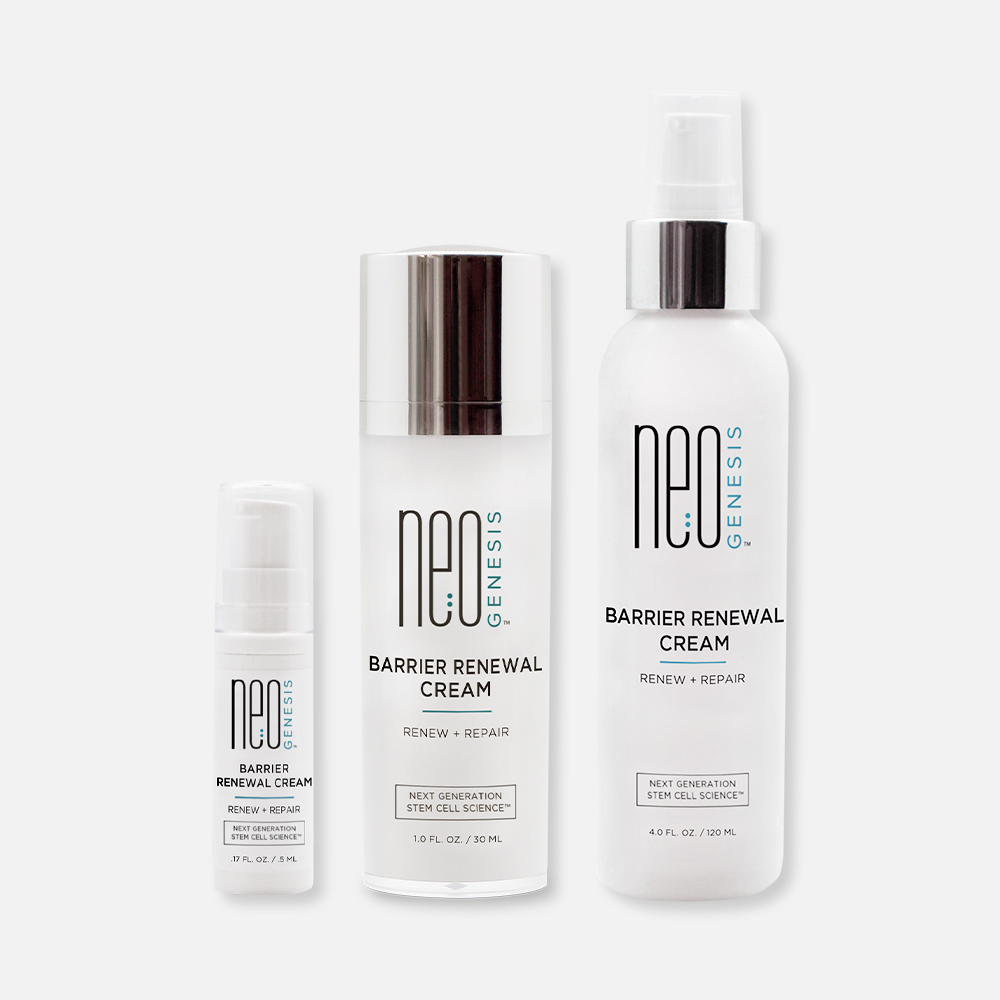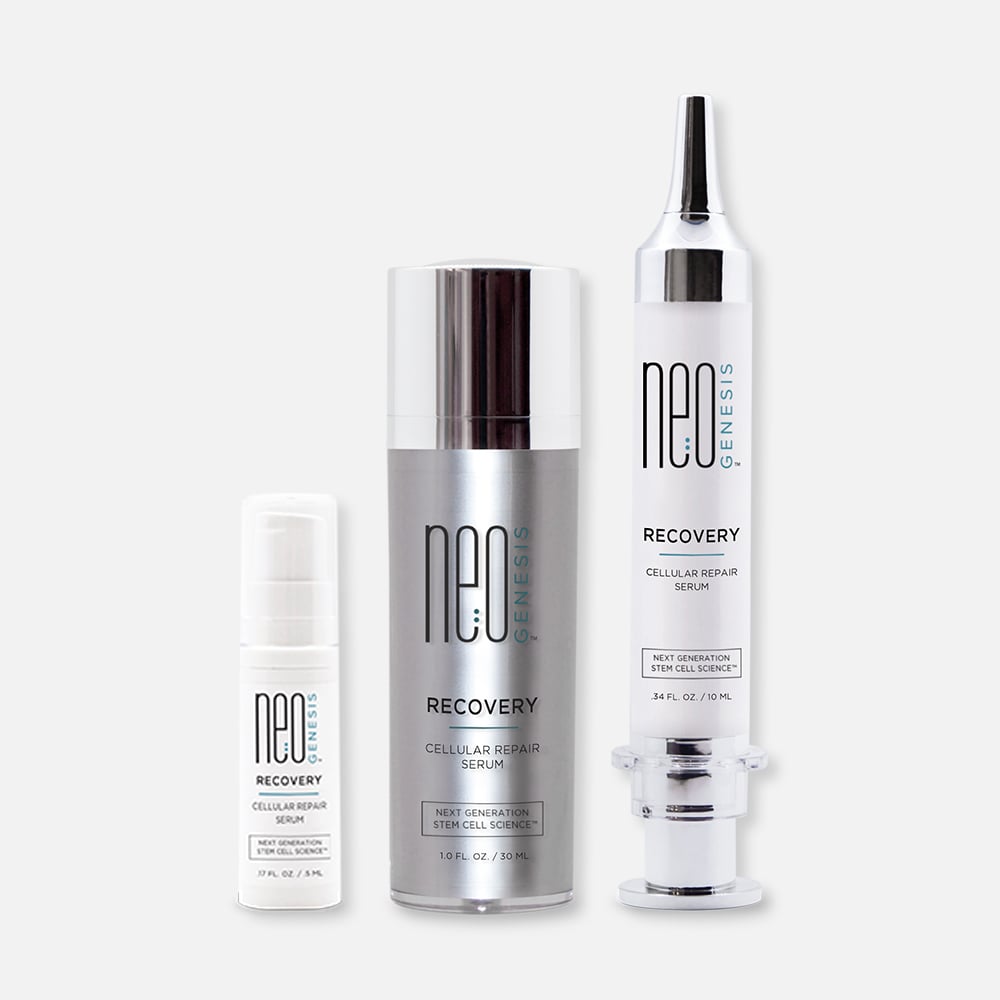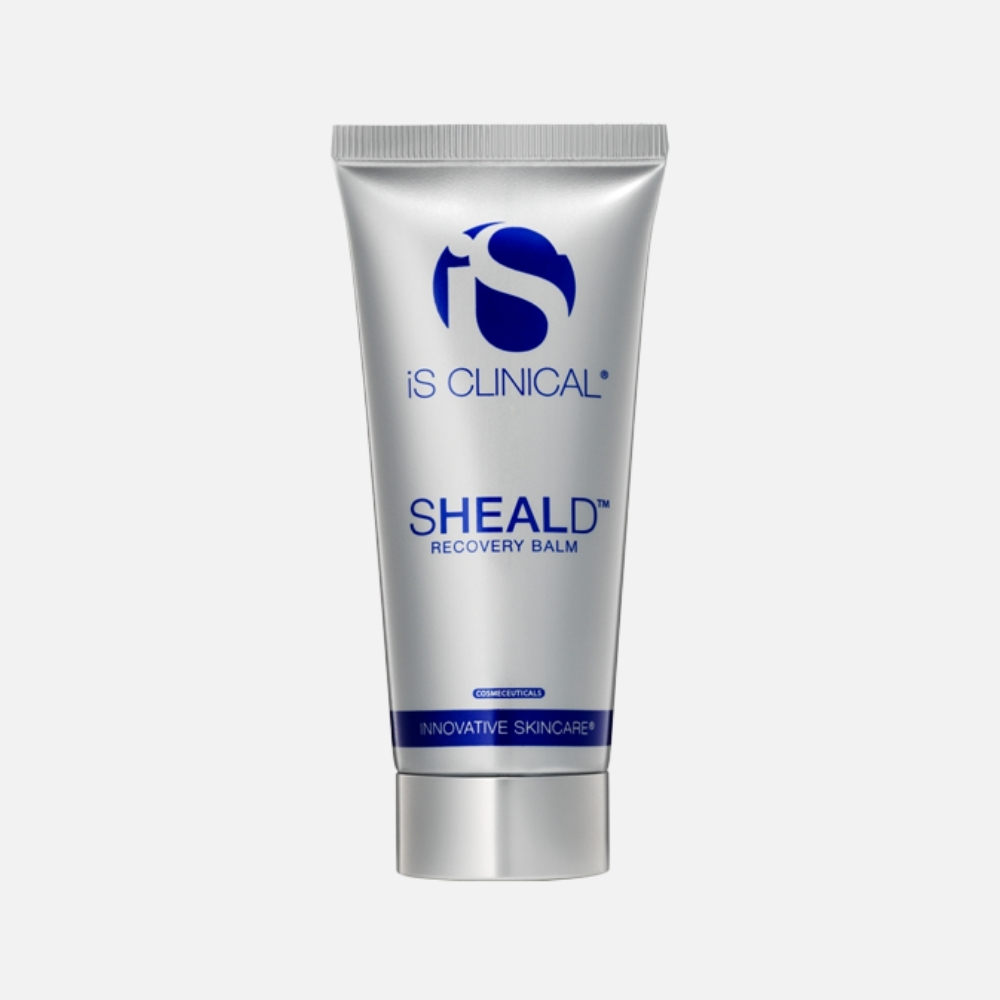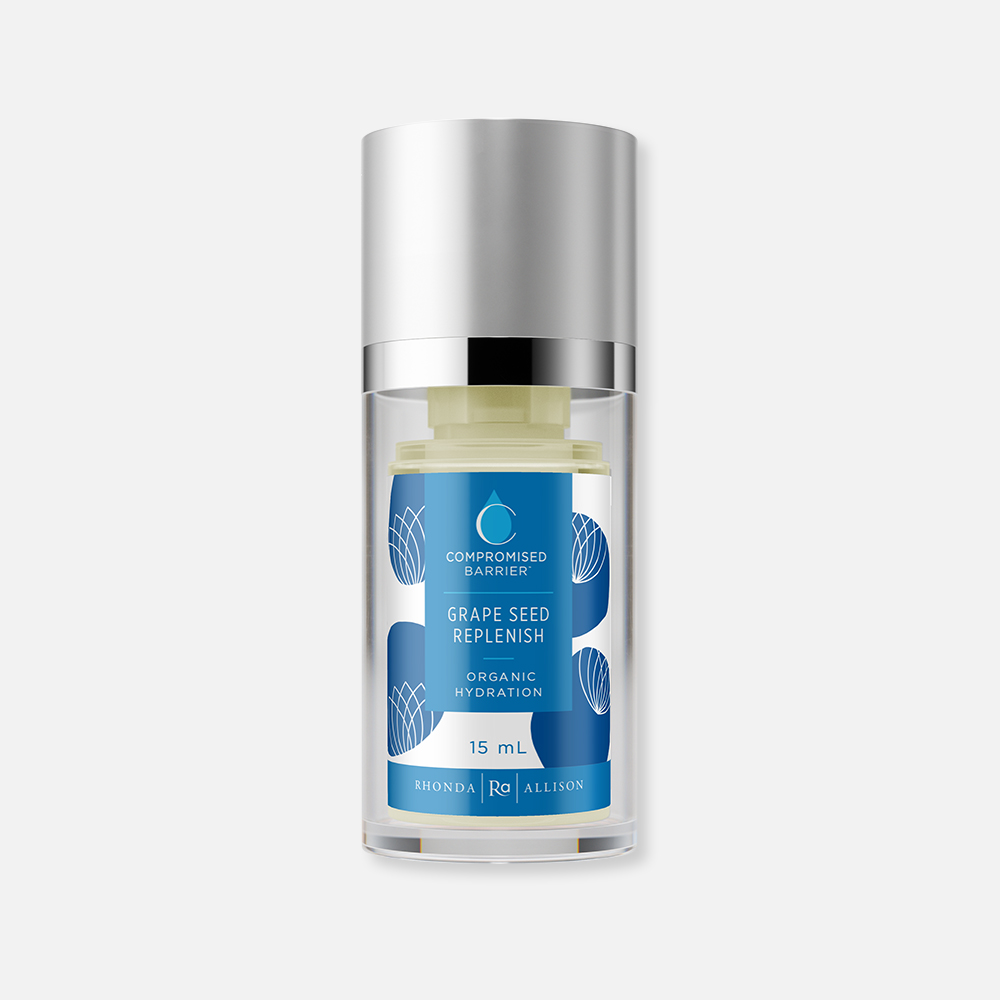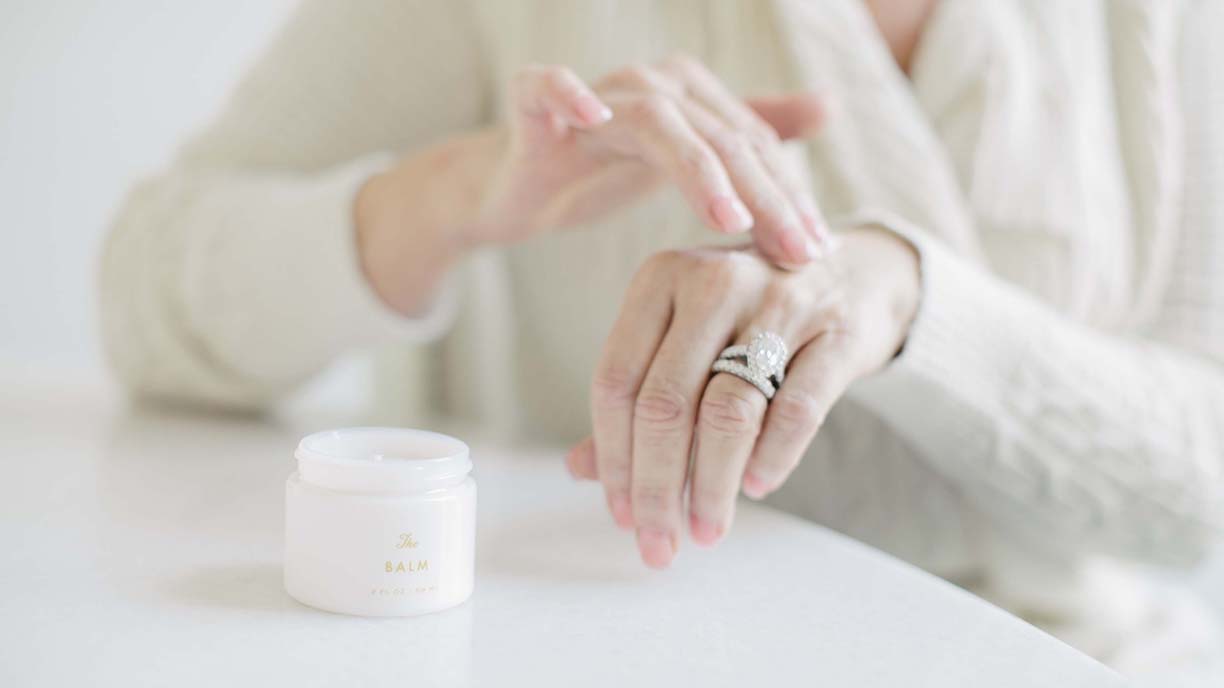
Some skincare topics seem intimidating and complex but are rather simple in truth. Transepidermal Water Loss, or TEWL for short, just so happens to be one of those subjects. Perhaps you’re already familiar with it if you live in a dry climate or have dealt with a damaged skin barrier. I’ll be honest, the name looks a little bit scary! However, it’s a fairly easy-to-grasp concept at the basic level. By learning the nuts and bolts of TEWL, you’ll have a better understanding of your biology and your skincare choices. Well, what are we waiting for? Let’s learn!
- What Is Transepidermal Water Loss?
- What Causes Transepidermal Water Loss?
- How To Prevent & Treat Transepidermal Water Loss
- Our Favorite Products To Fight TEWL

What Is Transepidermal Water Loss?
Transepidermal Water Loss, also known as TEWL, refers to the process of water moving from the dermis to the epidermis then evaporating off the stratum corneum. In simpler terms, it’s when water leaves the deep layers of your skin through the surface of your skin. This occurs naturally for mammals, like us humans, all the time. Under normal circumstances, just keeping hydrated will do enough to offset any evaporation. Here’s the thing: TEWL is not a problem unless it gets out of control or you’re not getting enough hydration. Even the most healthy skin experiences it.
What Causes Transepidermal Water Loss?
So, you may be wondering how this skin barrier phenomenon gets out of hand then. Here’s a list of all the factors that increase transepidermal water loss:
- Compromised skin barrier from any source.
- Over-exfoliating or over-cleansing skin.
- Burns, ranging from sunburns to first, second, and third-degree burns.
- Atopic Dermatitis aka Eczema.
- Sensitive or dry skin types.
- Excessively hot or dry climate.
- Exposure to pollution or irritants.
- Physical damage to the skin such as wounds, cuts, scrapes, etc.
You may have noticed a common thread amongst all these causes of TEWL: damage to the outer layer of skin. The stratum corneum, the outermost layer of human skin, has a difficult job. It’s supposed to keep contaminants and dangerous substances out of your body while keeping good stuff in your skin. The good news is that it tends to be fantastic at doing so. The stratum corneum is about 15 to 30 layers of cells meshed together like an extra sturdy brick wall. TEWL gets out of hand when we get rid of too many of those “brick-like” cells. Suddenly, it becomes much easier for water to escape your skin.
Aside from damage to the outer layer of the skin, low humidity or super high heat also cause TEWL. The short version of it is that these extreme climates make it easier for the water content of your skin to breach the stratum corneum.
As you can tell, skin barrier function is crucial for keeping TEWL within an okay range.
Measurement of Transepidermal Water Loss
Grams of Water per Square Meter per Hour (g/m2/H)” is the standard TEWL Measurement. Essentially, it’s the amount of water or moisture content leaving the skin over time.
How To Prevent & Treat Transepidermal Water Loss
With a little dedication and the right types of skincare, you can curb excess TEWL. Follow these steps:
- Stay Hydrated – Okay, this is very standard advice. However, being dehydrated is a non-starter for mitigating TEWL. If you don’t have enough moisture content in your body, every gram of water evaporated will be all the worse for your skin. Drink plenty of water throughout the day. There is no one correct amount, but three liters is a good starting place. If you live in a particularly hot or dry climate, make sure to drink a little extra water!
- Cleanse Gently – First, use a cleanser that does not irritate your skin. Second, try to cleanse two times per day max. While most folks tend to under cleanse, it is possible to overdo it. Overdoing it will weaken the outer layer of your skin and cause more water loss.
- Use Serums & Moisturizers With Humectants – Humectants, such as Hyaluronic Acid, Glycerin, or Sodium PCA, can make a big difference. They fill multiple roles in skincare, such as helping with the delivery of active ingredients deeper into the skin. In this case, humectants naturally attract water.
- Use Moisturizers With Nourishing Oils & Rich Emollients – This is a simple, but important step. This will help heal your stratum corneum and lock in moisture. It’s basic but crucial!
- Apply An Occlusive For Extra Protection (Possibly Optional) – Skincare products with occlusives create a nearly impenetrable layer on top of both your skin and other skincare. This step is optional, but I highly recommend it if you live in an arid climate. Without an occlusive, the humectants from #3 run the risk of increasing TEWL.
Our Favorite Products To Fight TEWL
So now that we have a plan to keep TEWL in check, let’s look at the products we use to keep it in check.
Cleansers
Gentle is the name of the game here. This list is by no means exhaustive, but they’re some of our “tried & true” favorites.
- Rhonda Allison Gentle Peptide Cleanse – A soothing goat milk cleanser that balances the skin with probiotics and amaranth protein
- NeoGenesis Cleanser – This jelly cleanser focuses on cleansing and hydrating the skin while actively soothing it. It’s a simple, yet highly effective formulation.
Serums
- NeoGenesis Recovery Serum – If your skin is damaged, stressed out, or just needs some serious TLC, this is one of my top recommendations. Stem cell-conditioned media helps repair the skin’s barrier, boosts collagen production, and aids in overall wound healing.
- Rhonda Allison Sensitive Skin Complex – This serum utilizes the super-ingredient, Sea Buckthorn Oil, that is deeply anti-inflammatory and skin barrier correcting. For oily skin, this can be a great moisturizer!
- Le Mieux Hyaluronic Serum – This is a great option to layer if your skin isn’t seriously damaged, but needs more hydration and nourishment. Once again, if you’re in a dry or hot climate, make sure to layer something over it to lock it in.
Deep Moisturizers
- Face Reality Cran-Peptide Cream – An ideal cream for acne-prone but dry skin types needing nourishment and protection.
- Rhonda Allison Elite Luxe Hydration – This moisturizer is rich in growth factors, peptides, antioxidants, and humectants. This is ideal for aging skin types needing wrinkles and firming support.
- Skin Script Hydrating Moisturizer – Once again, the name tells you what you’re going to get! This product is highly effective, but also highly affordable.
- Michele Corley Ultra Rich Moisture Cream – Is one of our thickest moisturizers and is perfect for those living in harsh, cold environments.
Barrier Protection
- Rhonda Allison Infuse 7 – Technically a serum, this nourishing facial oil contains skin-mimicking oils that protect and support the skin barrier . Pat 2-3 drops on top of your moisturizer to lock in moisture.
- Sorella Apothecary The Balm – This occlusive balm is our go-to for dry, chapped skin needing deep nourishment, hydration, and protection all in one place.
- NeoGenesis Barrier Renewal Cream – This cream might be one of my favorite products of all time! It’s a full buffet spread of skin-identical ingredients, like ceramides and cholesterol, that work overtime to heal your skin. Also, if you’re fighting TEWL from eczema, this is a must-have applied on top of your moisturizer.
